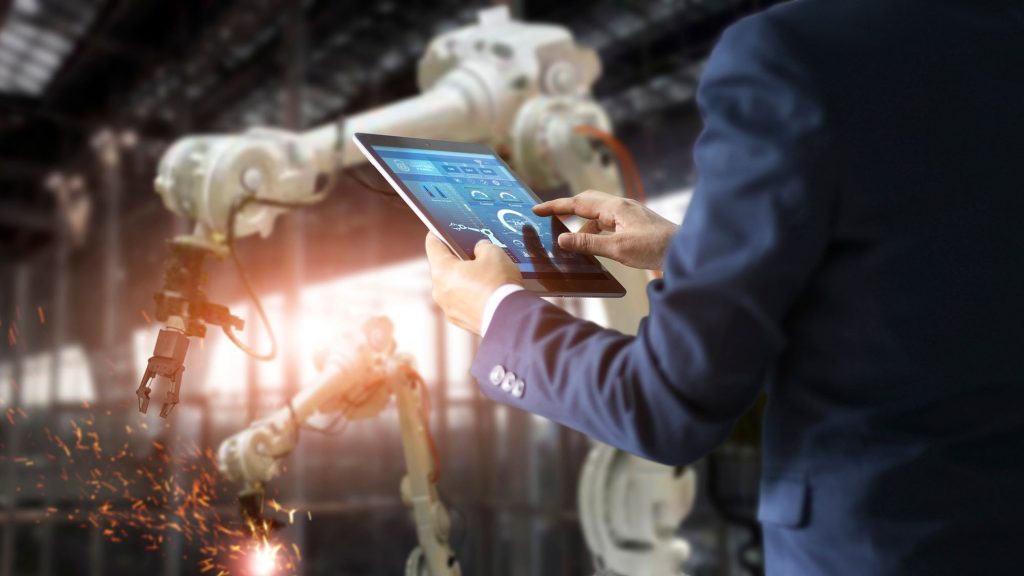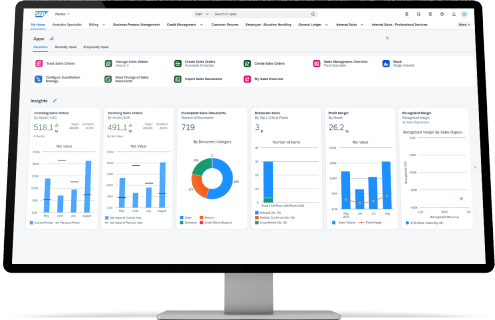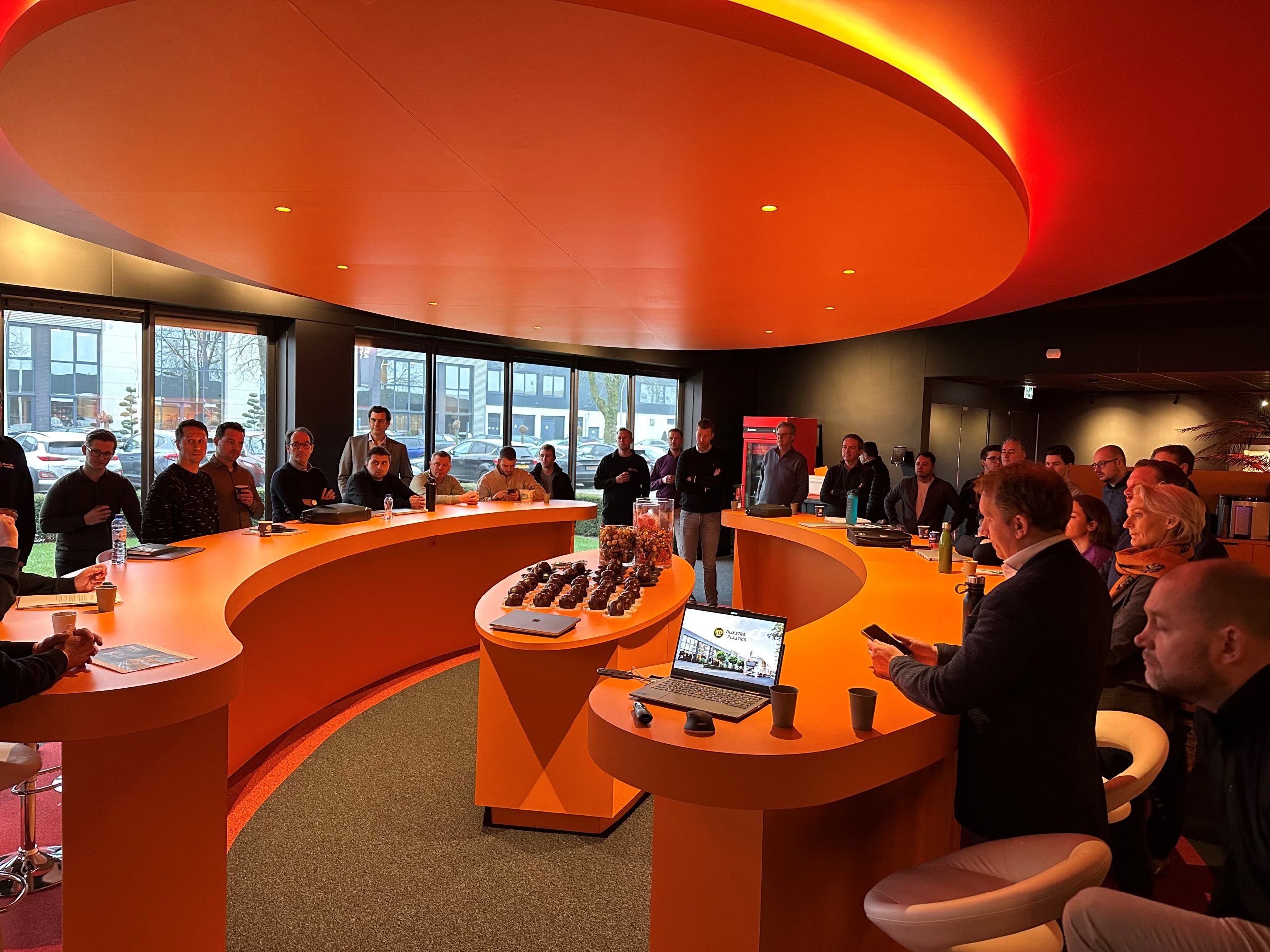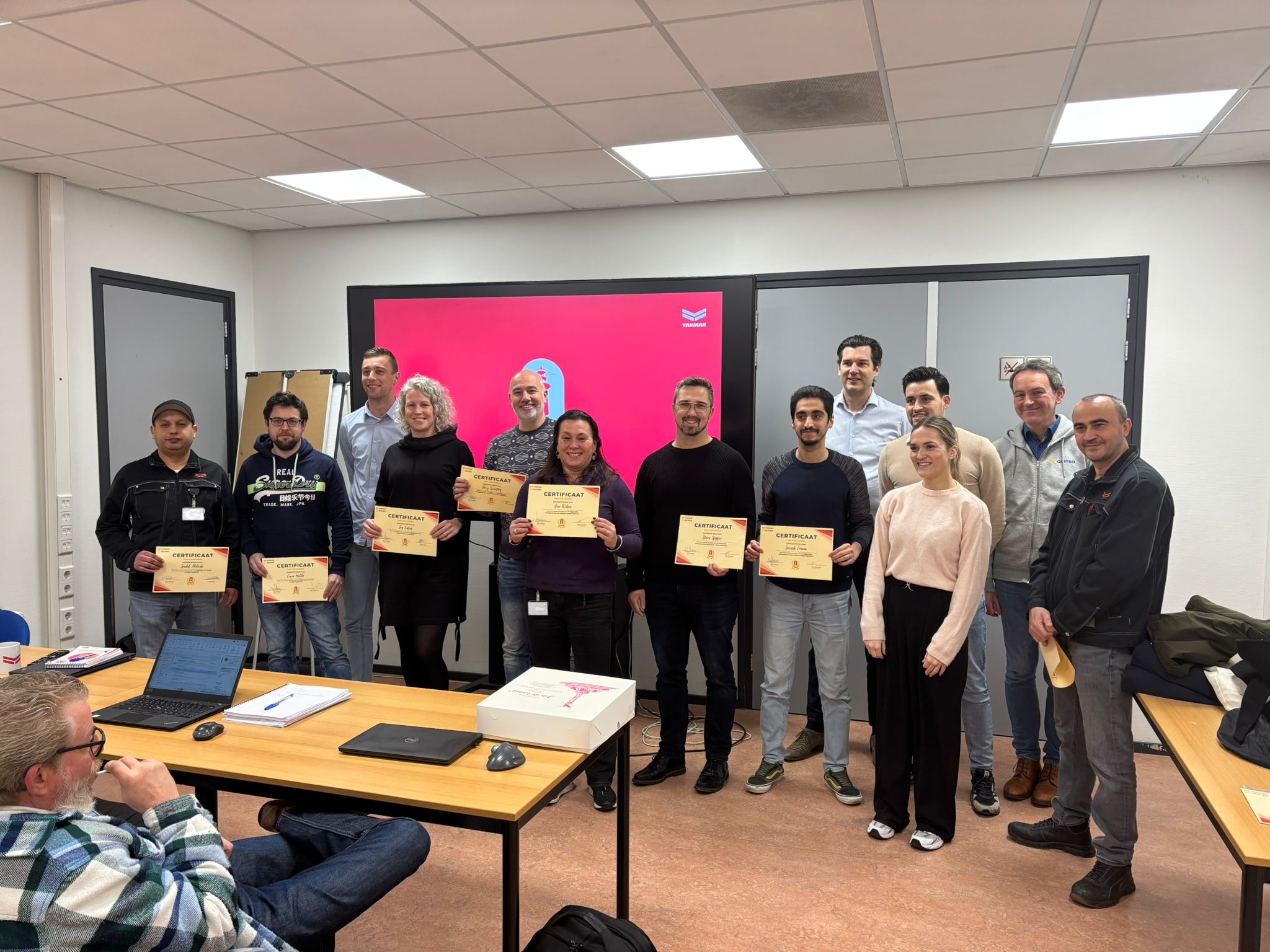You’ve probably heard of it: SAP ERP. But what is it really? More importantly, what can it do for your organization? An ERP system helps companies of all sizes streamline processes, increase efficiency and be ready for the future. In this blog, we dive into the world of SAP ERP, explore its core components and benefits, and take a look at interesting future developments. Whether you’re just getting started with SAP ERP or looking for ways to optimize your current system, we offer valuable insights and practical tips to get the most out of your investment.

What is SAP ERP?
SAP ERP is your gateway to a more efficient and effective business. Imagine a software that seamlessly connects all of your organization’s critical processes – from finance and HR to purchasing and inventory management. That’s SAP ERP. It stands for “Enterprise Resource Planning” and helps companies make the best use of their resources. Whether you run a small company or a large multinational, SAP ERP offers a scalable solution that grows with you. By making real-time data available, it makes decisions faster and more accurate. It is designed to reduce complexity, improve business efficiency and help you take control of your business processes. From financial reporting to production planning, SAP ERP is central to streamlining operations, leaving you more time for what really matters: growing your business.
The core components of SAP ERP
SAP ERP is known for its versatility and strength in supporting business processes. The heart of SAP ERP consists of several core components, each designed to optimize specific business functions.
- Finance: this module helps you manage your accounting, financial reporting, and risk management. It makes complex financial processes simple.
- Supply Chain Management (SCM): SCM ensures the smooth flow of goods and services, from procurement to production and ultimately to delivery to the customer.
- Production planning: this module is essential for manufacturing companies. It helps plan production processes, manage inventory, and ensure efficient production flows.
- Sales and Distribution (SD): SD manages sales orders, pricing, billing, and shipping. It is the connection between what you produce and your customer receiving it.
- Project management: for planning and executing projects, this component provides tools that help monitor timelines, budgets, and resources.
Each of these components works together within the SAP ERP system, making your organization run like a well-oiled machine. They provide an integrated view that helps make strategic decisions and promote efficiency and growth.

Frequently asked questions about SAP ERP
SAP ERP is a tremendously comprehensive system that contributes to the efficiency of your organization. But what does one often wonder about this system? Here are answers to some frequently asked questions:
What can SAP ERP do for my company?
It provides an integrated solution that manages various business processes, such as finance, HR, manufacturing, and supply chain, allowing your company to operate more efficiently and effectively.
Is SAP ERP difficult to learn?
SAP ERP comes with a learning curve, but thanks to the many training and support resources available, such as online tutorials and user communities, you can quickly master the system functionalities.
How long does an SAP ERP implementation take?
The duration depends on the size and complexity of your organization and its specific needs. A standard implementation can take several months to more than a year.
Can SAP ERP integrate with other systems?
Yes, SAP ERP is designed to be flexible and can integrate with a wide range of other business systems, both SAP and third-party, to ensure seamless data flow.
Future developments around SAP ERP
Future developments of SAP ERP hold great promise for your organization. SAP continually invests in innovation to ensure that their ERP solutions remain at the forefront of technology and functionality. This means you can expect SAP ERP to keep getting smarter, faster and more user-friendly. Consider improvements in artificial intelligence and machine learning that make processes even more efficient. Also, integration with new technologies, such as the Internet of Things (IoT), will help organizations get even more value from their data. The future looks green, too: SAP is strongly committed to sustainability, allowing your company to reduce its carbon footprint while increasing efficiency.
Want to learn more about SAP ERP?
In this blog post, we have delved into the world of SAP ERP, an indispensable tool for organizations striving for efficiency, integration and sustainability. We highlighted core components, benefits, and implementation steps, as well as a glimpse into the promising future of SAP ERP. We understand that it remains a complicated system. Would you like more information after reading this blog? Or a sparring session about the possibilities for your organization? Then contact us. We’d love to show you what an ERP system can do for you.



